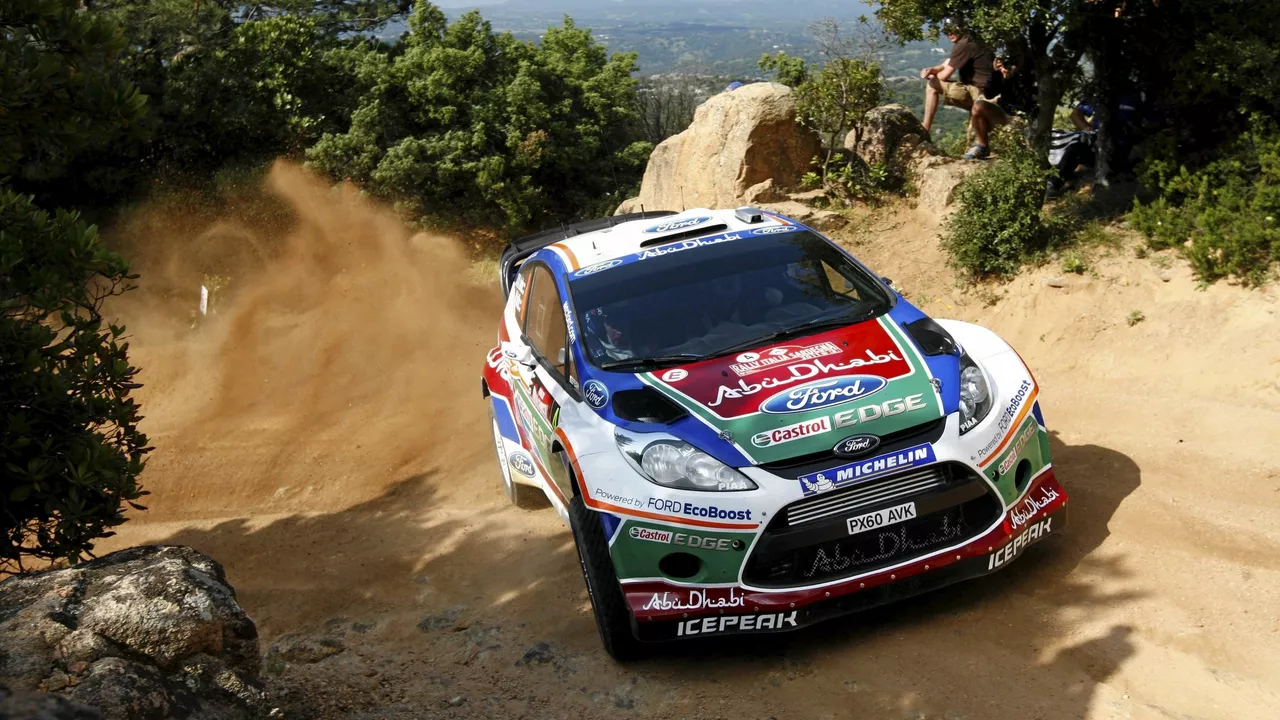Car Performance Tips for Rally Drivers
If you love the rush of rally racing, you already know that every second counts. A faster car, better handling, and reliable power can turn a good run into a winning one. Below are simple, real‑world ideas you can apply right now to squeeze more performance out of your rally car.
Key Areas to Improve Performance
Engine power. More horsepower means higher top speed, but it also demands a good cooling system. Check your radiator, add a high‑flow water pump, and keep the airflow clear. Small gains add up on fast sections.
Weight reduction. Every kilogram you shed makes the car quicker on climbs and easier on the brakes. Remove unnecessary interior panels, use lightweight racing seats, and consider a carbon‑fiber hood if the budget allows.
Suspension tuning. Rally stages are full of bumps, jumps, and uneven surfaces. A well‑set up suspension keeps the tires in contact with the ground, which improves grip and control. Start with a moderate spring rate, then adjust based on how the car feels on gravel versus tarmac.
Tire choice. The right tire can be the difference between sliding off a corner or staying planted. For mixed surfaces, a soft compound with a moderate tread depth works best. On pure gravel, a more aggressive tread gives you the bite you need.
Braking system. Handbrake use is a classic rally technique for tight swings. Make sure the handbrake is responsive and the brake pads are fresh. A brake bias that leans a little toward the front helps with stability on high‑speed corners.
Simple Upgrades for Faster Rally Cars
Not everyone can rebuild the engine from scratch, but a few inexpensive upgrades can still make a noticeable difference.
1. Performance air filter. A high‑flow filter lets more air in, which can raise power by a few percent without any major changes.
2. Sport exhaust. Reducing back pressure improves throttle response and gives a slight power boost.
3. ECU remap. Modern rally cars rely on electronic control units to manage fuel and ignition. A tuned map can unlock extra power while keeping fuel consumption in check.
4. Adjustable shock absorbers. Being able to dial in compression and rebound on the fly lets you adapt to changing terrain during a stage.
5. Lightweight wheels. Lighter wheels reduce unsprung mass, which improves handling and makes the brakes do their job more efficiently.
When you combine these upgrades with the core performance areas listed above, your rally car will feel more lively, more predictable, and faster on the line. Remember, the best setup is the one that fits your driving style, so test each change on a familiar stage before you commit to it.
Finally, keep a log of every tweak you make. Write down the stage conditions, the adjustments, and how the car responded. Over time you’ll build a personal performance database that speeds up the tuning process and keeps you ahead of the competition.
Ready to feel the difference? Start with one easy upgrade, check your suspension, and hit the next stage with more confidence. Your car’s performance isn’t a mystery – it’s a series of small, practical steps you can take today.

Is FWD good for a rally?
After digging into the subject, it seems that FWD cars can indeed be suitable for rally racing. Many people appreciate their predictable handling and the fact that the weight is concentrated over the drive wheels, which can improve traction. However, whether or not FWD is the best choice really depends on the specific conditions of the race. While they may struggle in some off-road conditions compared to RWD or 4WD vehicles, FWD cars can certainly hold their own in a rally setting. So, don't write off FWD for rally just yet - with the right skills and conditions, they can be quite effective.